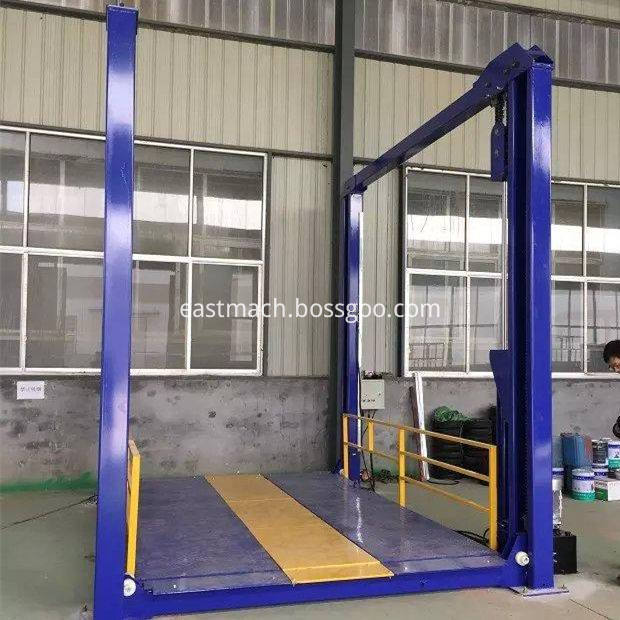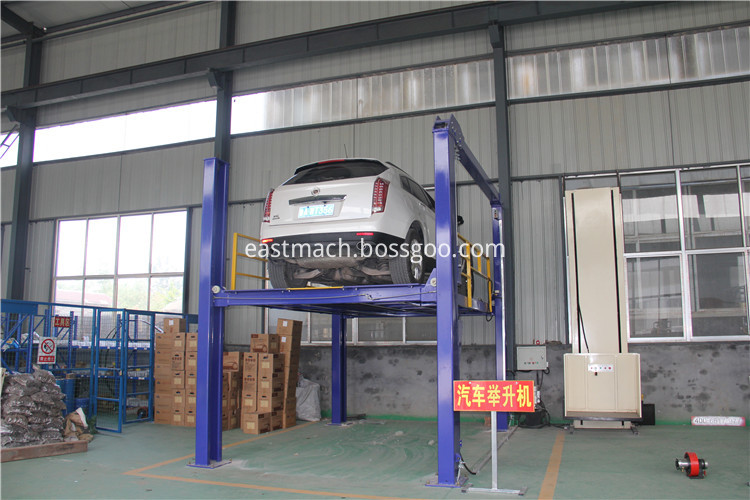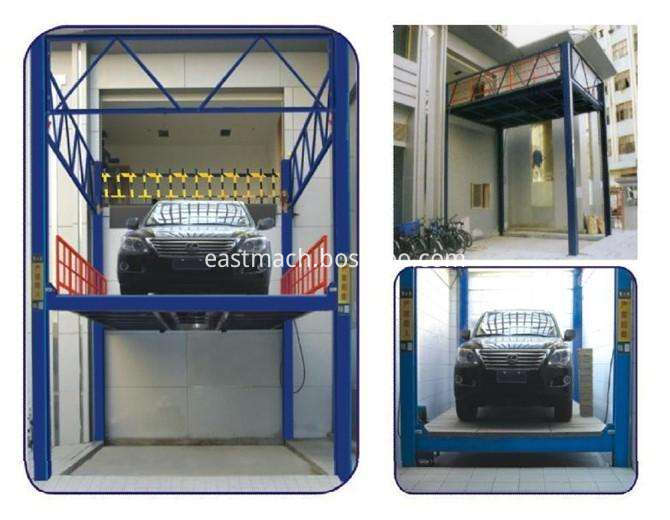The Oura Smart Ring worn on your finger day and night can help you understand your sleep; diabetics wear a web patch on their arms so they can monitor their blood sugar levels without stabbing their fingers. On February 9th, the two wearable devices received a mobile medical award from Paris-Diderot IUT, which proved their huge added value for users.
In recent years, manufacturers of watches, bracelets, glasses and other related equipment have made many promises. Judging from the gap between the sale of these devices and the functioning of these devices in our daily lives, in most cases, they are considered gadgets, bought on a whim, and then quickly refrigerated. "In the drawer.
Although it is difficult to prove the usefulness of devices connected to the Internet for health, some networked medical devices have become indispensable for patients. They are mainly used for diagnostic or preventive purposes or to help treat certain diseases, such as diabetes. Monitor. This prompted us to explore the entire process of buying, owning, and using these connected devices.
The number of connected devices exceeds the number of humans on the planet
In 2017, the number of IoT devices exceeded the number of humans on Earth for the first time. According to Gartner Consulting, there are now 8.4 billion such devices that can collect, store, process and transmit data, and by the end of 2020, this number will exceed 20 billion.
Health and well-being equipment is also expected to grow substantially. According to data from Grand View Research and Consulting, the number of these devices will increase from 73 million in 2016 to 161 million in 2020.
But what do users think? They are still... doubtful. Although 73% of French believe that IoT devices may be good for their health, according to a survey conducted by Opinion Way in March 2017, only 35% said they saw that these products are really beneficial for monitoring them. In health, only 11% of respondents said they have a smart watch.
High price, risk dependent and lack of reliability measurement
So how to explain the lack of enthusiasm of users? In 2017, ACSEL and Carrefour Networks, together with major IoT device manufacturers, released the “Connected Life Watchâ€. Their research revealed several obstacles to these devices: high prices, fear of using personal data without ignorance, becoming dependent, reliability issues, and security issues.
In addition to these concerns, manufacturers seem overly optimistic that these revolutionary devices will quickly gain consumer favor. However, although some consumers have already purchased them, few people actually use them.
Buying and real use are two completely different concepts, because manufacturers believe that when consumers decide to try or buy a product or service, they "use" it. However, the “ownership†cycle of these devices is long and can only be realized when technology becomes part of the daily life of the individual.
Smart device combined with user services
Having ownership of a networked device means taking ownership of four specific aspects.
First, the user must have physical ownership of the product itself. For example, a networked watch must first be a watch, which means it is worn on the wrist to show time.
Second, users must have ownership of the services provided by the product, that is, intangible dimensions - usually through mobile applications. This service includes graphically displaying the collected data and providing guidance functions or procedures designed to improve the health of the user. For example, a networked scale transmits measurements of body weight and body fat percentage to the application, and the application provides advice to help We stabilize or improve them.
The device itself is connected to one or more other devices. It transfers data to smart shou machines, other connected devices or data platforms. This dimension transcends the device itself and must be part of the individual's daily life.
Finally, for example, by sharing the number of steps taken during the day with friends who are participating in the challenge, the product makes it possible to communicate with others. Users may only get used to such social connections between people through the process of their full ownership of the device.
Four steps to get ownership of a networked device
Before we can connect networked devices as part of our daily lives, we have to go through four different stages, but we don't seem to have this awareness. In recent years, the research team at the National Institute of Technology (Cnam) has conducted research on users with these devices, enabling us to describe each step.
The first stage is to acquire ownership of the device at a symbolic level, either in the store before the device is purchased, or when the individual first sees the connected device (as a gift). This interaction is mainly based on the senses: look, touch, and hearing. For some people, a so-called "wow" factor can be observed: this user response expresses surprise and even fascination with what is considered a "smart" device. At this stage, the user projects an imaginary value onto the device and service.
The user then enters the second phase, called "exploration." This phase involves actually operating the device to understand the device and its applications. This interaction creates a cognitive process that lets the user know how the device works, the device's interaction with the device, where the device interacts with the mobile shou machine to transmit the collected data and The application can provide services. At this stage, using the device can bring real value to the user.
The third stage of acquiring device ownership is to determine the user function of the device. Users can use one device for one of many available specific functions, such as measuring physical activity, heart rate or weight. This phase is accompanied by a combination of device and user to generate value - the user decides and sets the function he/she wants, for example, a user who wants to enhance the heart's vitality decides to monitor his heart rate every day.
In the final stage called "stability," the user makes the device part of his/her daily life. The user's interaction with the device becomes passive. For example, the user wears a networked bracelet, but forgets that it is on the wrist, and the bracelet continuously collects data and automatically sends it to the user's smart shou machine. This stage produces an emotional response that creates a relationship between the individual and the device.
At this stage, the perceived value of the device is "transformative," meaning that the device has changed user habits. For example, he/she may have developed the habit of two subways in advance to get a few more steps on the way to and from work, or to take the stairs instead of the elevator.
Different from the intended use of the manufacturer
If networked device manufacturers conduct more in-depth research on how users own devices and focus their policies on users, they can better predict device usage and increase the value of the device. However, in today's hyper-connected world, such a huge "disjointed" between manufacturers and users is clearly contradictory, and this distance leads to limited use of related devices by users and they may abandon them at any time.
However, most companies do include the use case in the development of devices, but these strategies are based on the imagination of user behavior, rather than the fact that in real life, users do not use connected home devices as the manufacturer imagines.
In order for users to actually use their networked devices, manufacturers must develop responsible technology: secure and reliable devices that respect privacy, including algorithms for collecting data and processing data. Most importantly, these devices must deliver real value to the user. To do this, companies must learn how to study the behavior of users in real life and how they get ownership of these devices. (Original title: What made some networked devices successful and others failed?)
Car Parking Lift:
Specialized automobile 4s shops lifting platform is a kind of large tonnage car or truck repair and maintenance units commonly used special mechanical Lifting Equipment.
The lifting platform can be divided into upper cylinder lift and lower cylinder lift.
The oil cylinder of the upper oil cylinder Car Repair Lift is placed on the top of the column(with beam), and the oil cylinder of the lower oil cylinder Four Posts Car Lift Platform is placed on the side of the guide rail.
Private car lifts are also often used as great vehicles for moving cars between floors.
Main Features of Car Parking Lift:
1. Hydraulic driven,cable lifting system
2. Four points automatic safety locks,manual release
3. Maintenance free load bearing,assure the safety in any height
4. Unchangeable width between runways
6. 5T lifting capacity, double parking space
7. Safety locks in all posts for added safety
8. Single point lock release
9. Simple installation



Application Area:
The Car Parking Lift is a new type of automobile lifting equipment, which is convenient, fast, safe and reliable for maintenance. It is widely used in car 4S shops, car repair shops, car showrooms and other places that need a safe and beautiful environment for lifting cars.
If you have any questions, please contact with us directly. Car Parking Lift are produced with High Quality and Good Appearance. Welcome you can visit our Factory. For inqury, Please send mail directly to us.


